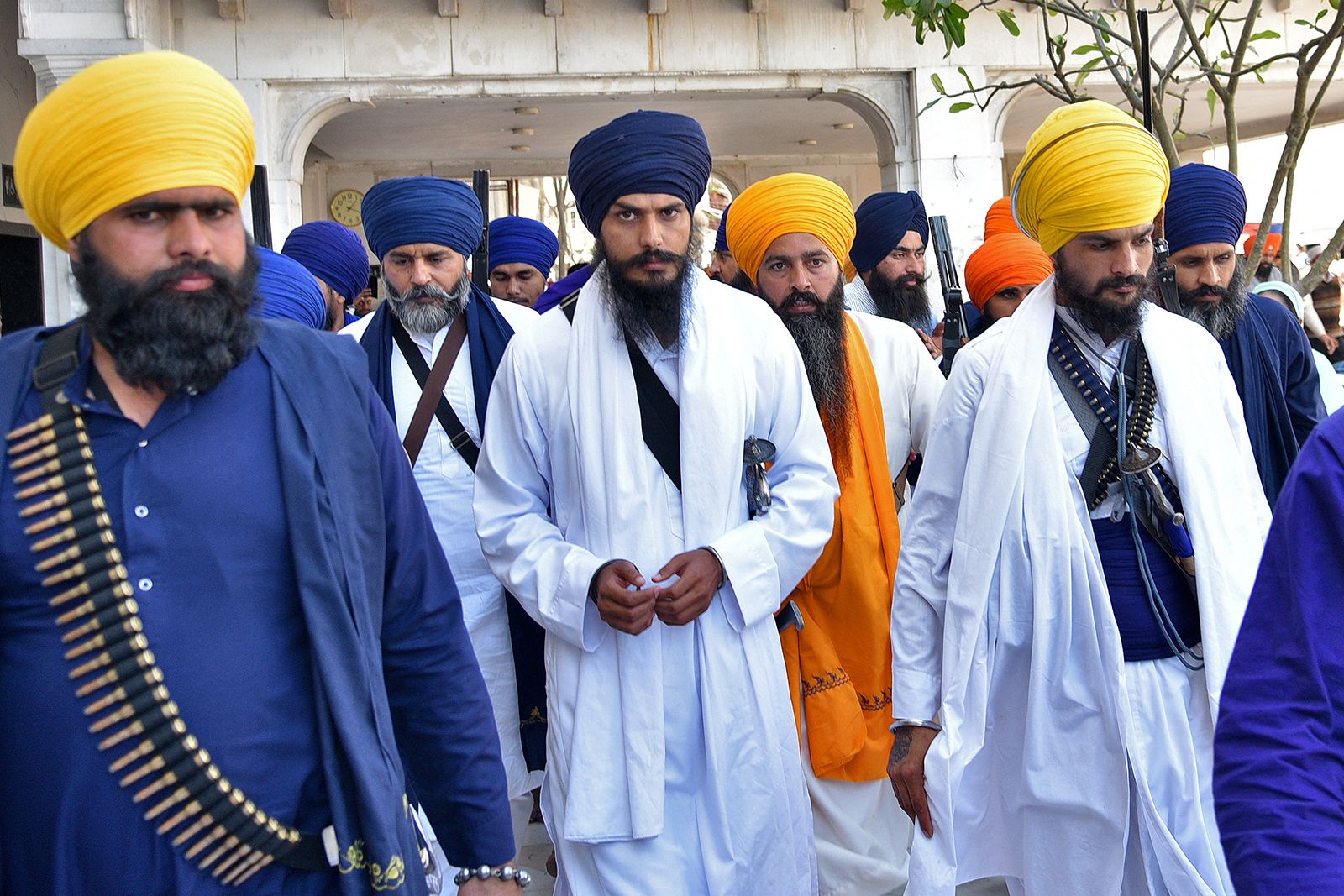Khalistan Movement
The Khalistan movement, advocating for a separate Sikh state, has gained traction among the Sikh diaspora, particularly in the UK. Recent protests in London highlight the ongoing tensions surrounding this movement. External Affairs Minister S. Jaishankar faced a security breach due to pro-Khalistan demonstrators.
Historical Background
The Sikh presence in the UK began in the mid-19th century. Post-World War II, migration surged as Sikhs sought opportunities and refuge from the Partition. By the 2021 census, over 525,000 Sikhs lived in the UK, making them the second-largest Sikh diaspora globally. Their concentration is mainly in the West Midlands and Greater London.
Khalistan Movement Origins
The Khalistan movement emerged in the late 1960s, gaining momentum in the 1980s. Jagjit Singh Chohan, a key figure, promoted the idea of a sovereign Sikh state after moving to the UK. His activism included rallies and a press conference denouncing Sikh oppression in India. Chohan’s efforts were boosted by support from political figures in Pakistan.
What is the Khalistan Movement?
- It is a demand for a separate Sikh country, called Khalistan, in present-day Punjab (India and Pakistan).
- India counted this movement with Operation Blue Star (1984) and Operation Black Thunder (1986, 1988).
- Even today, some Sikhs, especially in Canada, the UK, and Australia, still support the idea of Khalistan.
How Did the Movement Start?
- It began with India’s independence (1947) and the Partition, which divided Punjab between India and Pakistan.
- Many Sikhs lost their homeland, as Lahore and holy Sikh sites like Nankana Sahib went to Pakistan.
- Although most Sikhs stayed in India, they became a small minority (about 2% of India’s population).
Demand for More Autonomy
- After Independence, Sikhs wanted a separate Punjabi-speaking state.
- The States Reorganisation Commission (1955) rejected this demand.
- After years of protest, Punjab was reorganized in 1966, splitting into Himachal Pradesh (Hindi-speaking), Haryana (Hindu-majority), and Punjab (Sikh-majority).
Jarnail Singh Bhindranwale’s Role
- Bhindranwale was a popular Sikh preacher who became the face of the Khalistan movement.
- He attracted many young Sikhs, especially those from poor backgrounds.
- By 1982, he took refuge in the Golden Temple, organizing protests and clashes with police.
- The government saw the movement as a threat to India’s unity due to rising violence and religious tensions.
Operation Blue Star and Its Impact (1984)
- The Indian Army attacked the Golden Temple to remove Bhindranwale and his followers.
- This deeply hurt Sikh sentiments worldwide, increasing support for Khalistan.
- Punjab became a center of militant violence, leading to an insurgency that lasted until 1995.
Current Diasporic Dynamics
Despite the Government of India’s crackdown on the Khalistan movement in the 1990s, its influence persists within the diaspora. Gurdwaras in the UK, Canada, and the US have become centres for pro-Khalistan sentiments. Various organisations continue to advocate for Khalistan, including the Khalistan Council and Sikhs for Justice.
Radicalisation and Activism
Recent reports indicate that Sikh youth in the UK are being radicalised within gurdwaras. Allegations include the teaching of explosive device construction. This has raised concerns regarding the safety and integration of the Sikh community in the UK.
Khalistan Referendum
In recent years, the Sikhs for Justice have conducted referendums for Khalistan in the UK. However, the legitimacy of these referendums has been questioned. Critics point to issues with the voting process and the accuracy of participation claims.
Month: Current Affairs - March, 2025
Category: International / World Current Affairs








